post originally appeared on The Jackass Gardener.
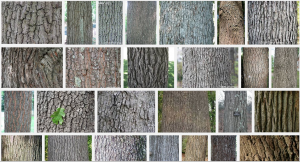
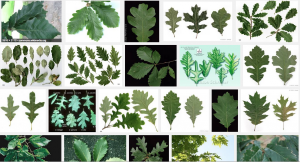
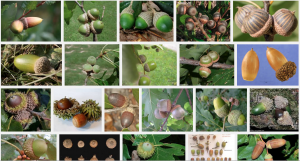
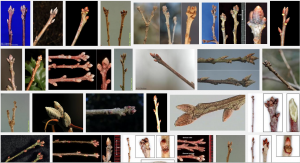
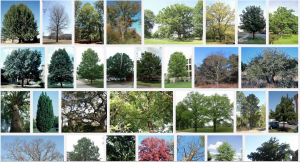
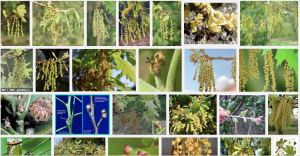
So in an effort to be better at my job, I’m forcing myself to memorize the scientific names of local plants and then figure out how to match those names with their owners by using a Key.
I’ve decided to start with native oak trees as they seem to be some of the most important species in the region and luckily my work has made a Rapid Color Guide for Common Oaks of the Chicago Region with a Key (how convenient!). Therefore, in an effort to not be as dumb, I’m forcing myself to come up with a mnemonic for each of our ten native oaks. Let’s see how this goes.
First the scientific and common names:
Group 1: Unlobed to shallowly lobed leaves
1) Quercus bicolor – Swamp White Oak
2) Q. imbricaria – Shingle Oak
3) Q. muhlenbergii – Chinquapin Oak
Group 2: Lobed leaves with pointed bristle tips
4) Q. velutina – Black Oak
5) Q. ellipsoidalis – Hills Oak
6) Q. coccinea – Scarlet Oak
7) Q. palutris – Pin Oak
8) Q. rubra – Red Oak
Group 3: Lobed leaves with rounded tips
9) Q. alba – White Oak
10) Q. macrocarpa – Bur Oak
Now the smarts:
1) Quercus bicolor – Swamp White Oak
This is easy enough because the leaves are bi-colored: dark green on top, white with little hairs on the bottom. Maybe this won’t be that hard.
2) Q. imbricaria – Shingle Oak
Wait, there are oak leaves that don’t look like oak leaves? Damn. I guess my understanding of this genus is fairly precarious… Imbricarious perhaps…
3) Q. muhlenbergii – Chinquapin Oak
Muhlenberg College’s mascot is the mule, and while I might pin the tail on a donkey, perhaps a Chica pins a tail on a mule.
4) Q. velutina – Black Oak
Tina on Bob’s Burgers has black hair, that may be considered velvety. Velvet Tina? Also the black oak leaf looks like a mix between an oak and a maple leaf, so it’s two leaves for the price of one: pretty high valued, or nah?
5) Q. ellipsoidalis – Hills Oak
Three Hills in Dallas next to each other look like an ellipsis from a helicopter. The Ellipsis Dallas Hills.
6) Q. coccinea – Scarlet Oak
It is almost impossible for a lay person to discern between Hills and Scarlet oaks without careful examination of the acorns. It’s enough to drive you to snortCoke and Sin, ya?
7) Q. palutris – Pin Oak
A pal gives you triscuits, even a puppet-turned-boy pal like Pin-Oak-chio.
8) Q. rubra – Red Oak
Rubra is Red in Latin. I don’t know Latin. If I was in a Latin class, the rubric for that class would cause my teacher to use a lot of red ink on my exams.
9) Q. alba – White Oak
Jessica Alba’s mother is white.
10) Q. macrocarpa – Bur Oak
If it ain’t Bur-Oak, don’t macrocarpa! That’s lazy… Ummmm… The acorn cap is fringed, which when scattered across the floor of a bur oak woodland, makes a shaggy macro carpet.
There we go! Easy to remember and totally functional… Now to do this for the remaining ~1700 local plant species! Science!
p.s. Happy Oaktober!
Robb Q. Telfer
Latest posts by Robb Q. Telfer (see all)
- De-Extinction Counter - September 9, 2016
- #BirdthePreserves - March 9, 2016
- 200 Years of Chicagoland Nature - March 8, 2016

Thanks for the handy visual (and textual) guide. Is there one for the honeysuckles (native and not) in the works?
there’s no current plan to make one BUT the folks who make the guides like to help people make their own, so maybe YOU will make the Honeysuckle Rapid Color Guide!